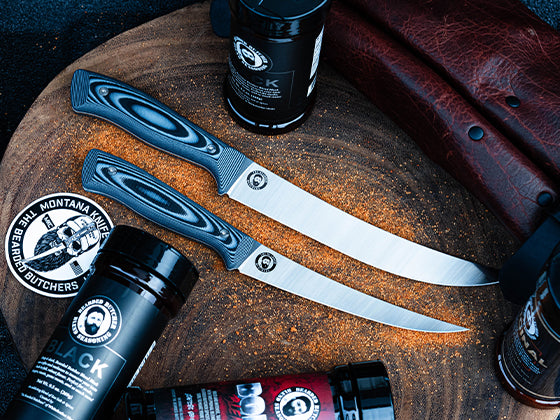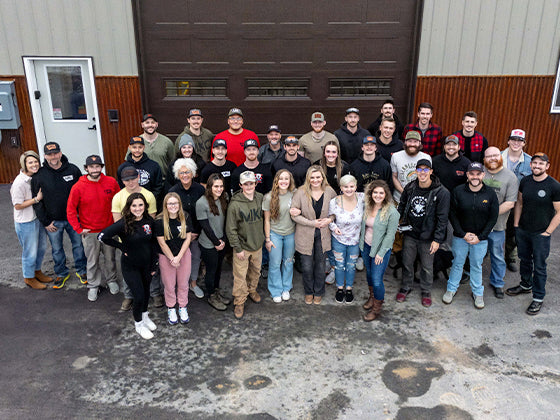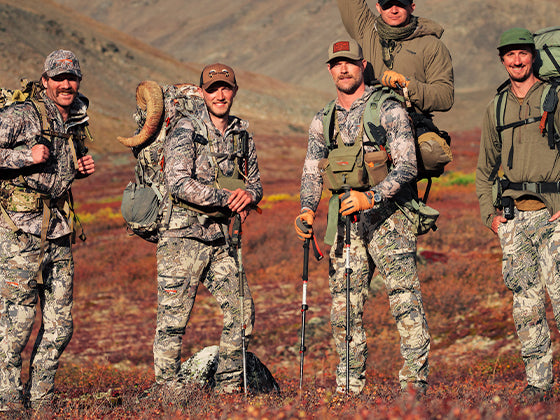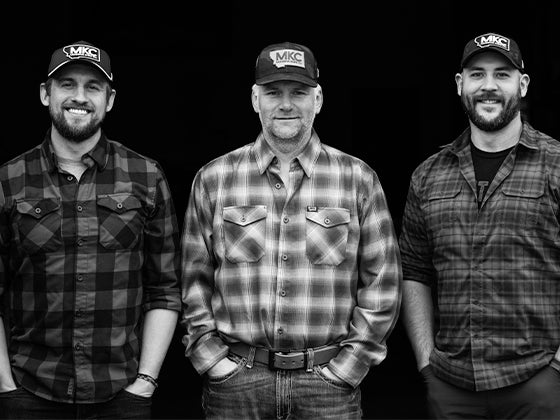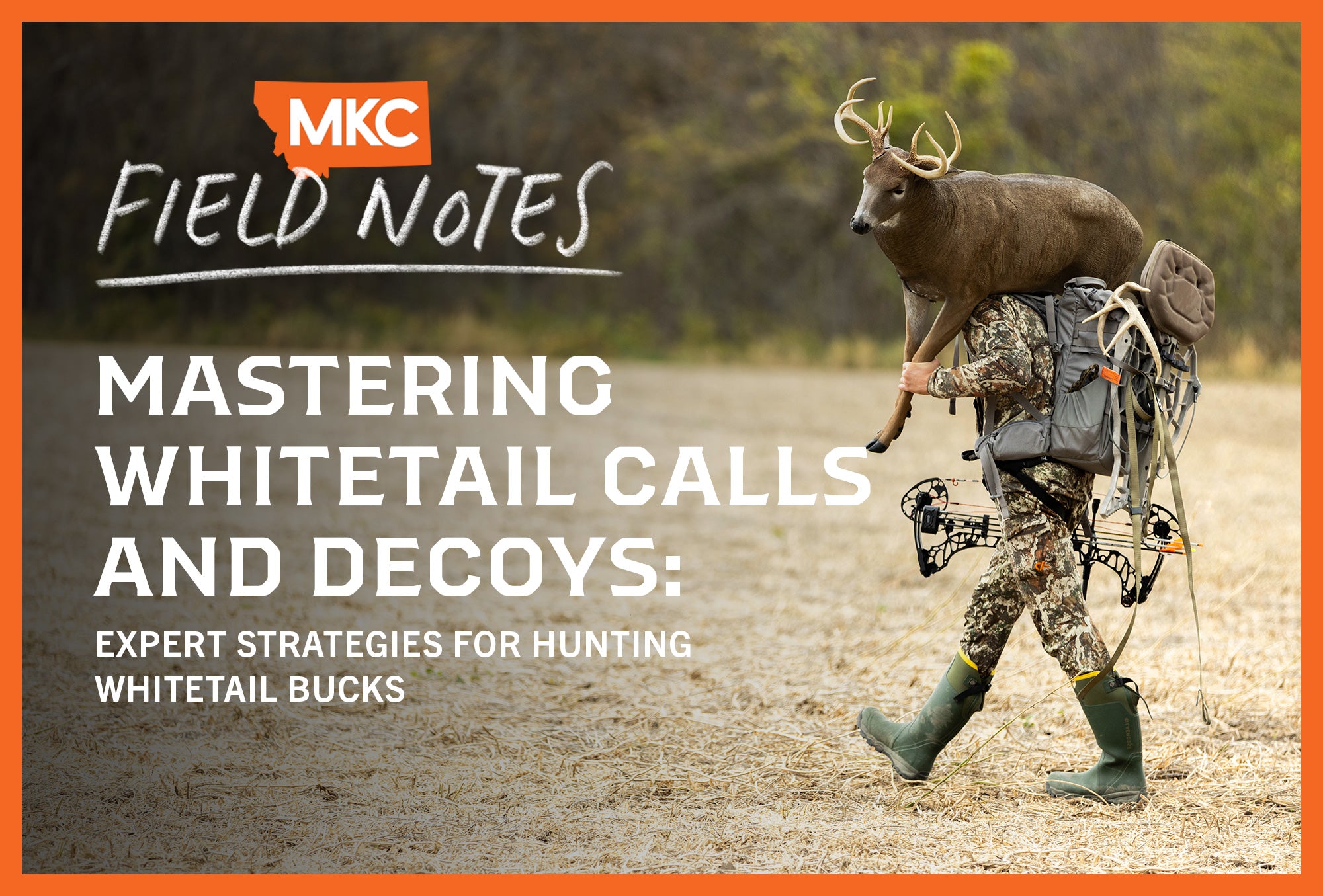Understanding whitetail deer behavior is crucial for hunters. Luck always has its place in hunting, but understanding how your prey acts (and will act) increases your chance of success.
Whitetail deer behavior changes throughout the year, though, complicating matters. The difference in whitetail behavior pre-rut, rut, and post-rut is like night and day. If you don’t account for these changes, you could look for deer in the wrong place (or at the wrong time).
Gathering intel and learning about your area is the best way to put yourself in your target’s path. This is how I do that for the pre-rut season.

Early-Season Whitetail Deer Behavior
Whitetail deer behavior runs like clockwork during pre-rut. They may still follow a predictable summer routine in the early season, frequenting the areas where they’ve been eating and drinking.
I usually watch them bare-faced, but a spotting scope helps a lot, too. I check where they’re feeding, what they’re feeding on, and where they’re drinking. Depending on how early I start the season, their summer and early-season habits stay consistent.
Some common early-season food sources that whitetails like are alfalfa, clovers, soybeans, green oats, and other green forage. By scouting these feeding areas and nearby water sources, you can establish patterns and pinpoint key locations for the herd. Setting up trail cameras at these important spots sheds even more light on their movements and activity levels.

Pre-Rut Whitetail Deer Behavior Changes
After you identify key food and water locations, use them to track travel routes for the whitetail deer. I use trail cameras to monitor entry and exit routes, arrival and departure times, and the frequency with which the deer take certain paths.
Once you figure out where they’re coming in and out, you can move your stand to a good intercept location. If you’ve observed them well enough, you can even plan the time of day when you want to cross paths.
When I hunt in the morning, I focus my stand near the end of the field where the deer eat before bedding down for the day. In the evening, I set up near their entry path to intercept bucks as they arrive to feed. Proper stand placement based on their travel patterns is crucial early in the season.
Don’t underestimate the importance of water sources while whitetail deer hunting, either. Water is a great marker, especially on hot and sunny days. In sweltering weather, the deer take a little longer at the watering hole and may arrive at their food source later.
Final Thoughts on Whitetail Deer Behavior
Whitetail deer behavior is unpredictable. That’s how they survive as prey animals. However, if you remove some of that mystery by learning their behavior, your successful hunts will increase.
Fortunately, whitetails are most predictable in pre-rut. Don’t be afraid to take advantage!
with John Dudley, Decorated Professional Archer and Founder of Nock On Archery


























